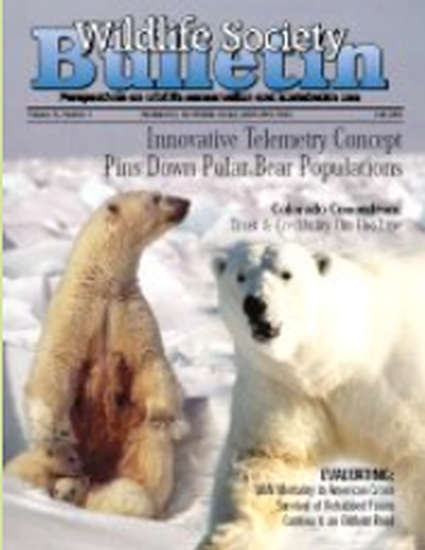
Article
Effectiveness of temporary warning signs in reducing deer-vehicle collisions during mule deer migrations
Wildlife Society Bulletin
(2004)
Abstract
We evaluated the effects of temporary, prominently displayed signs in reducing deer-vehicle collisions (DVCs) during mule deer (Odocoileus hemionus) migrations. To conduct the study we selected segments of 5 highways in 3 western states that were crossed by mule deer during seasonal migrations. Using local input and historical DVC data, we identified migration corridors used by deer. We separated these migration corridors into sections of equal length. Each section was separated by a buffer zone. We randomly assigned each section into treatment or control areas. In treatment areas we erected temporary warning signs equipped with reflective flags and solar-powered flashing amber lights. To evaluate the effectiveness of signs in reducing DVCs, we monitored deer mortalities during migration periods before and after signs were placed. We also monitored vehicle speeds to determine whether the signs affected motorist behavior. DVCs in the treatment areas were reduced by 50%. Vehicle speeds also were reduced, but evidence suggested that the effect eroded during the second year of the study. Study results indicated that temporary signing can be a cost-effective technique when used on roads where DVC peaks occur in conjunction with seasonal migration periods and are isolated to narrow corridors.
Disciplines
Publication Date
2004
DOI
https://doi.org/10.2193/0091-7648(2004)032[0907:EOTWSI]2.0.CO;2
Citation Information
Terry A. Messmer. "Effectiveness of temporary warning signs in reducing deer-vehicle collisions during mule deer migrations" Wildlife Society Bulletin Vol. 32 Iss. 3 (2004) p. 907 - 915 Available at: http://works.bepress.com/terry-messmer/237/
